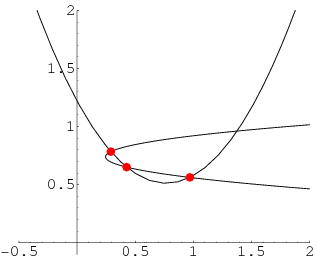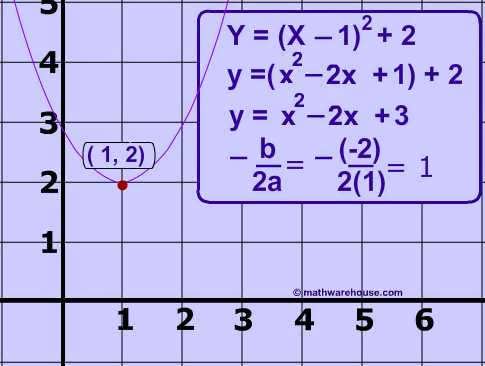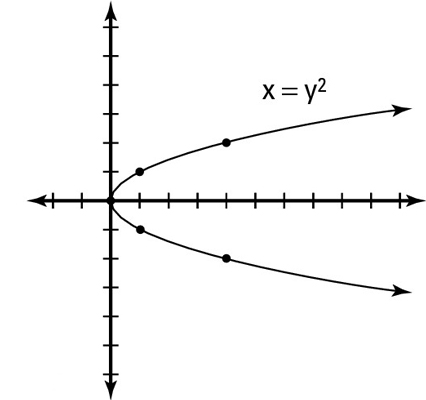
today we knew how to find the equation for a parabola
EX. find the equation for the horizontal parabola with vertex at 4,1 and passing through the point 2,5. you might want to label your given points h,k and x,y for you not to get confused.
use the formula (x-h)=a(y-k)^2 from here all you have to do is plug in the values and solve.
we also knew how to find the vertex of a parabola if we are given an equation and a passing point.
EX. if the parabola y^2+x-6y-m=0 passes through the point (-3,5) find the vertex.
first step is to label the given passing point x and y for you not to get confused, next is to plug -3 to the x in the equation and 5 to the y's in the equation and solve for m. in this case your m shall equal to 8. next thing for you to do is plug your 8 for m to the equation. DO NOT PLUG -3 AND 5 TO YOUR x AND y, complete the square and solve algebraically. your vertex should be at (1,3). that's all and thank you.
















